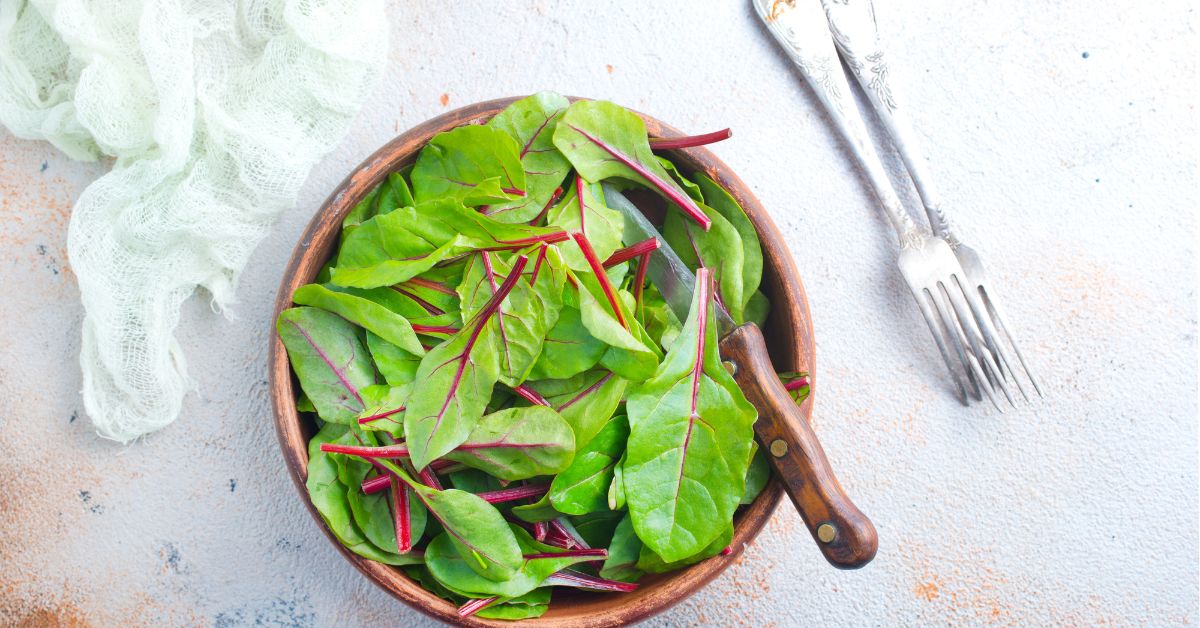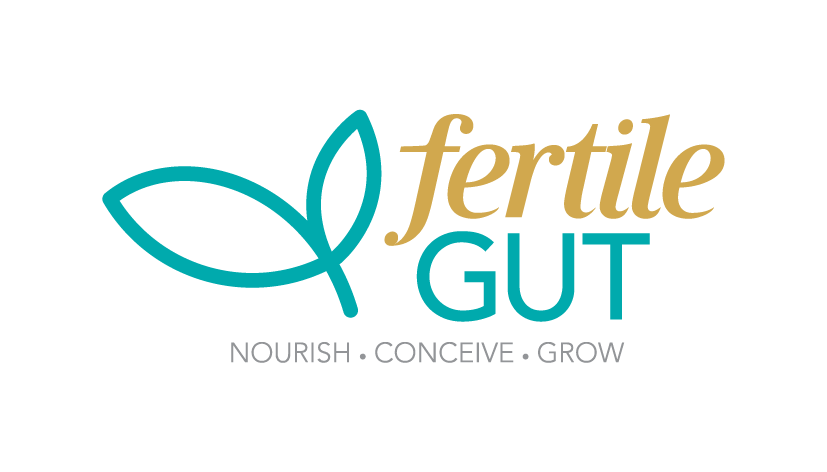|
By Emily Hahn APD While dark green leafy vegetables may not always be a favourite at the dinner table, there is no denying the ‘eat your greens’ mealtime mantra is spoken as a gesture of love and good intention, founded in the wisdom that dark green and leafy vegetables are a rich source of body-loving nutrients. Let’s look at the humble vegetable group we call ‘dark green & leafy’ to see what all the fuss is about. Dark Green and Leafy VegetablesThis group of vegetables includes arugula (rocket), Bok choy (Chinese chard), collard greens (a variety of cabbage that produces long leaves instead of a head), dandelion greens, kale, mustard greens, rapini (broccoli raab), Swiss chard, turnip greens and spinach. It also includes the brassica vegetables since there are many nutritional overlaps. Brassicas (also called cruciferous vegetables) are broccoli, cauliflower, broccolini, turnip, Brussels sprouts, and cabbage. This short list is limited to those most cultivated in the West, but Mother Nature’s generosity in producing edible green plants the globe over means that many cultures have leafy greens native to their geographical location, and thus include them in their dietary pattern. Nutritionally, dark green and leafy vegetables are rich in:
Preparing for PregnancyWhile dark green and leafy vegetable consumption and fertility has not been heavily studied, research is consistent when it comes to the protective effects of dark green and leafy vegetables for positive birth outcomes and all-round health. Zerfu and colleagues (3) found that poor or inconsistent consumption of dark green leafy vegetables was associated with a 92% higher risk of experiencing an adverse pregnancy outcome compared to those with a higher or more consistent intake. Low or no green leafy vegetables consumption has also been identified as a risk factor for small for gestational age (4; 5), spontaneous preterm birth (4; 6), and gestational diabetes mellitus (4; 7). Low dark green and leafy vegetable intake has also been positively associated with anaemia during pregnancy, particularly in those with a low red meat consumption (8; 9). Finally, as rich sources of magnesium, dark green and leafy vegetables are important for preventing hypomagnesemia during pregnancy, which is associated with pre-eclampsia and pre-term birth (6). Adding Dark Green Leafy Vegetables to Your WeekSome nutrients in dark green leafy vegetables cannot be absorbed by the body in the absence of fat, so pairing these vegetables with a source of fat is a great way to ensure you’re getting all the nutritional benefits. Stuetz and colleagues (10) write about this beautifully in discussion of their findings that women in Tanzania who cooked their leafy vegetables with peanuts (a source of fat) were found to have higher levels of fat-soluble vitamin A in their blood. Here are some ideas for including dark green and leafy vegetables in your week:
Preparing for conception is a wonderful time to care for your body with the health-protective powers of dark green and leafy vegetables. If you’re looking for some further guidance on your fertility journey, we’d love to support you in clinic or via telehealth. You can book a complimentary phone call with us here or check out our science backed approach to get pregnant sooner in Create a Fertile Gut! References
Comments are closed.
|
|
1300 084 694
[email protected] Suite T36, 477 Boundary St Spring Hill, Brisbane QLD 4000 Fax. 07 3540 8164 Copyright © 2022
|



